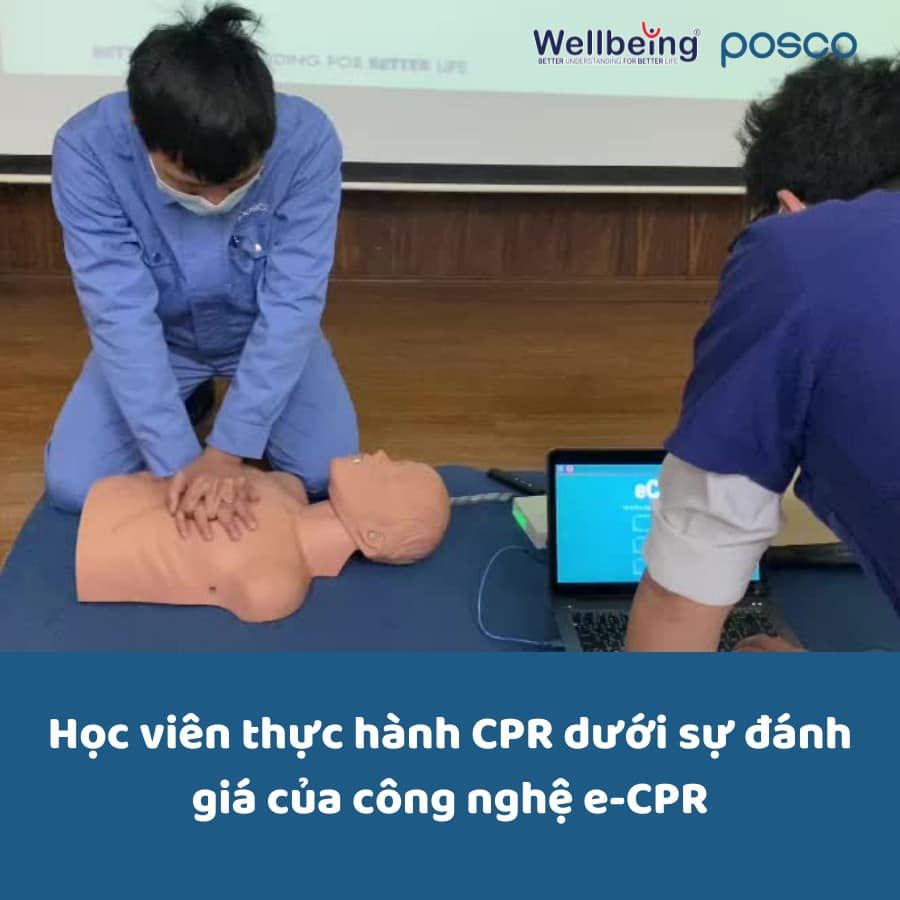The Importance of AED | Wellbeing
Cardiac arrest (commonly understood as heart stoppage) is one of the leading causes of death worldwide. In Vietnam, the total number of deaths due to cardiac arrest is higher than the combined total of deaths from lung cancer and traffic accidents (World Health Organization, 2017). The use of an Automated External Defibrillator (AED) is the only way to restore a malfunctioning heart to its normal rhythm.
1. Cardiac arrest can happen to anyone
Cardiac arrest can occur in individuals with no prior medical history at any time and in any place. In emergency situations, using an AED can help restore the victim's heart function and reestablish an effective heart rhythm.
An AED is a compact medical device that can help increase the survival chances of a person experiencing cardiac arrest, even if the rescuer has no medical experience or knowledge, by delivering a shock to the heart.
2. The Importance of an Automated Defibrillator
A cardiac arrest victim has less than 10 minutes to be saved after the event occurs. If the victim's heart is shocked within the first 2-3 minutes, the chance of survival can be as high as 80%. Beyond this “golden 3 minutes,” even if the victim is revived, the likelihood of surviving with severe brain damage is high because the human brain ceases to function without blood circulation after 4 minutes.
An AED is used for victims of cardiac arrest when the heart’s electrical system is not functioning properly, and the heart stops pumping blood to the brain and other vital organs. There are over 100 causes of cardiac arrest, including electric shock, stroke, drowning, suffocation, drug overdose, or cardiovascular diseases.
In Vietnam, ambulances typically take at least 20-30 minutes to reach the scene of an emergency. However, for cardiac arrest victims, the first 10 minutes are critical. Each minute that passes reduces the chance of survival by 7-10%.
The AED was designed with a mission similar to that of a physician, providing voice prompts to guide users through the process. The device is compact and easy to use, allowing even those without medical expertise to assist in emergencies. After automatic analysis, the AED determines whether a shock is needed to restore the victim’s heart rhythm.
Recognizing cardiac arrest is crucial, and it is often indicated by symptoms such as unconsciousness, no breathing (or gasping), and no pulse. Without immediate intervention, the victim may quickly succumb to death (American Heart Association - AHA).
See Also:
- How to Use an Automated External Defibrillator
- Where to Purchase an AED
Bình luận:
Không có bình luận nào cho bài viết.






.png)
.png)

